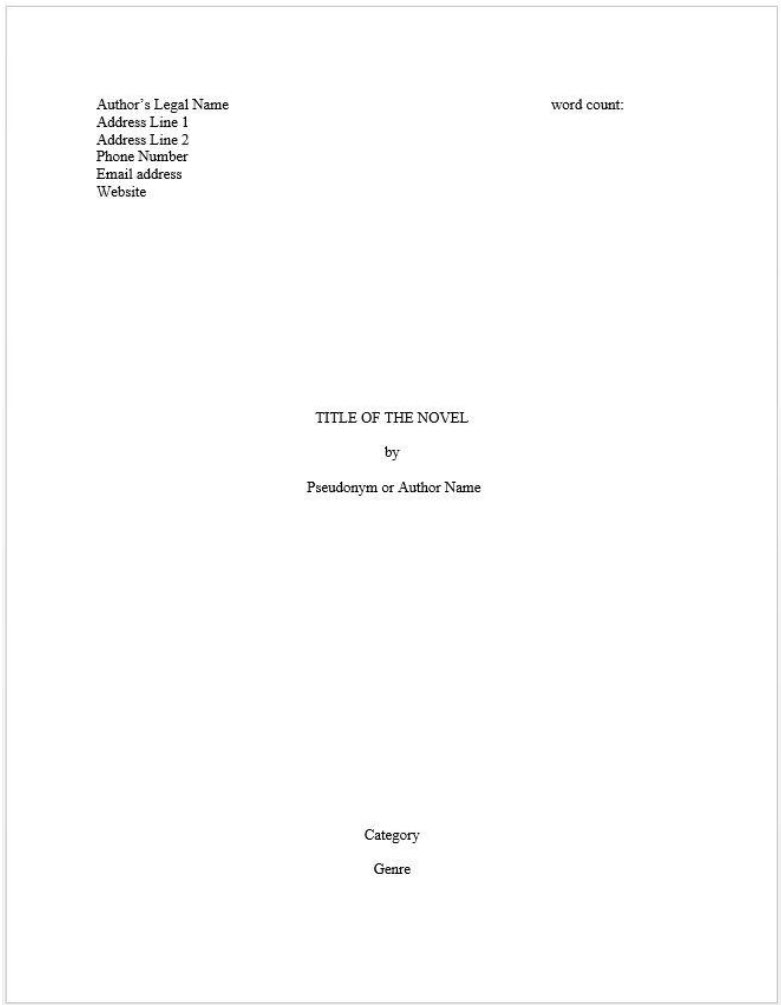Book manuscript format guidelines
While I’ve written five previous books, I self-published all of them. So, I’d never needed to learn manuscript format guidelines before. But when I started working with my developmental editor, they wanted it properly formatted.
Here’s the manuscript formatting I followed:
Title page: single spaced with no running header. Contact details (Legal Name, Address, Phone Number, Email, Website) in top left corner. Manuscript word count to nearest 1,000 words in top right corner. Title centered halfway down page in ALL-CAPS. Your (pen) name 2 lines under title. Book category (i.e., Adult, Young Adult) centered at bottom in Title Case. Book genre (i.e., Science Fiction, Paranormal) centered below that in Title Case.

Font: 12-point Times New Roman in black
Margins: 1 inch on all four sides
Alignment: align left (except where otherwise specified)
Line spacing: double spaced with 0 pt “Before” and “After”
Spaces after periods: 1
Paragraph indentation: 0.5″ (except for opening paragraphs of chapters and after scene breaks), set in Paragraph menu, not with tab characters
New chapters: insert page break before each one
Chapter number: center and bold
Chapter subtitle: center under chapter number
Time gap since last chapter: center and italicize 2 lines above chapter number
Chapter breaks: center three asterisks (* * *)
End: type “The End” to reassure readers that no pages are missing
Running header: insert header aligned right with LASTNAME / TITLE / PAGENUMBER
Be aware that every editor, agent, and publisher may want something slightly different, so consult with them on the manuscript format they prefer. But in the absence of being able to get that information, if you follow the manuscript format above, you should be in good shape.
To receive future posts for free or to become a Patron and support my dystopian sci-fi novel and get special thank-you goodies upon its publication, subscribe on Substack →
